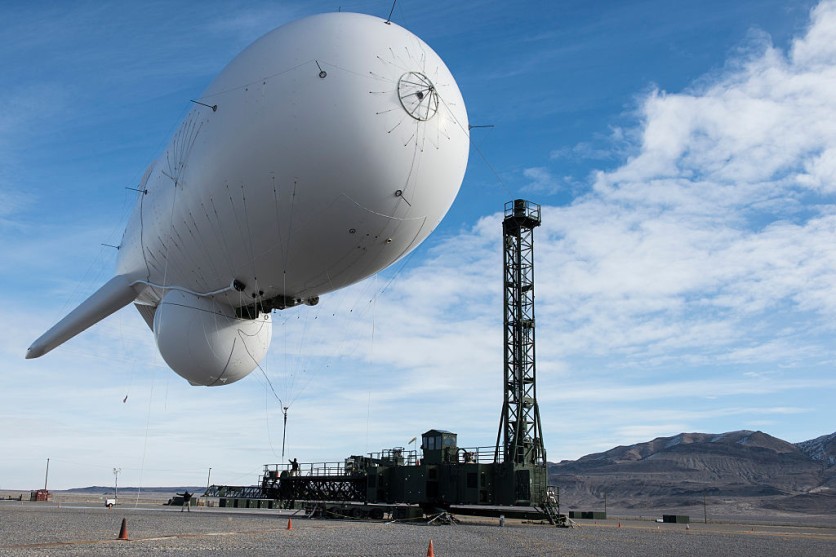To outperform its rivals China and Russia, Pentagon is developing hot air balloons.

'High-Altitude Hot Air Balloons'
According to Politico's report, the United States is spending money on high-altitude hot air balloons that can perform surveillance from 60,000 to 90,000 feet. The balloons will be included in the vast surveillance network maintained by the Pentagon and may someday be used to detect hypersonic weapons.
Senior fellow for the International Security Program and director of the Missile Defense Project at the Center for Strategic and International Studies Tom Karako told Politico that "high or very high-altitude platforms" have many advantages due to their endurance on station, controllability, and versatility for multiple payloads.
The balloons, which may be deployed for various operations, are receiving significant investment from the Pentagon. The United States has spent around $3.8 million on balloon projects during the past two years. In the fiscal year 2023, it intends to spend a staggering $27.1 million on the project!
The balloons have already been put to work in the U.S.' Covert Long-Dwell Stratospheric Architecture (COLD STAR) project, which seeks out drug traffickers. The Department of Defense is now shifting the balloons to the military services department to collect data and transfer information to aircraft.
The country is expecting that the balloons will aid in the tracking and prevention of Chinese and Russian hypersonic weapons.
The aircraft's payload electronics package is in charge of communications, navigation, and flight safety. A unique machine-learning algorithm that forecasts wind directions and integrates arriving sensor data in real-time is also equipped in the balloons.
Additionally, the Pentagon is concentrating on an attack known as the "kill chain" involving high-altitude balloons and commercial satellites.
According to Politico, despite the Pentagon's failure on Wednesday's recent test, it is still developing its own hypersonic weapons program.
China and Russia's Missile Tests
In August, China shocked the Pentagon by conducting a nuclear-capable hypersonic missile test. The missile barely missed its objective by about two dozen miles.
After the United States left the Anti-Ballistic Missile Treaty in 2002, Russia accelerated the development of hypersonic weapons. The first hypersonic missile to be used in war, according to the Russian government, was launched against Ukraine in March.
They are also inexpensive to create and simple to utilize. Compared to the millions needed for other planes or satellites, their development and operation costs are only hundreds of thousands of dollars.
However, using hot air balloons is not a new concept. Private businesses, NASA, and even the U.S. Army have previously explored their use. This is because they are far more affordable than other aircraft and have several benefits.
Related Article : 'Deepest Shipwreck Discovery': Explorers Find WW2 Navy Destroyer Below the Pacific
This article is owned by Tech Times
Written by Joaquin Victor Tacla




